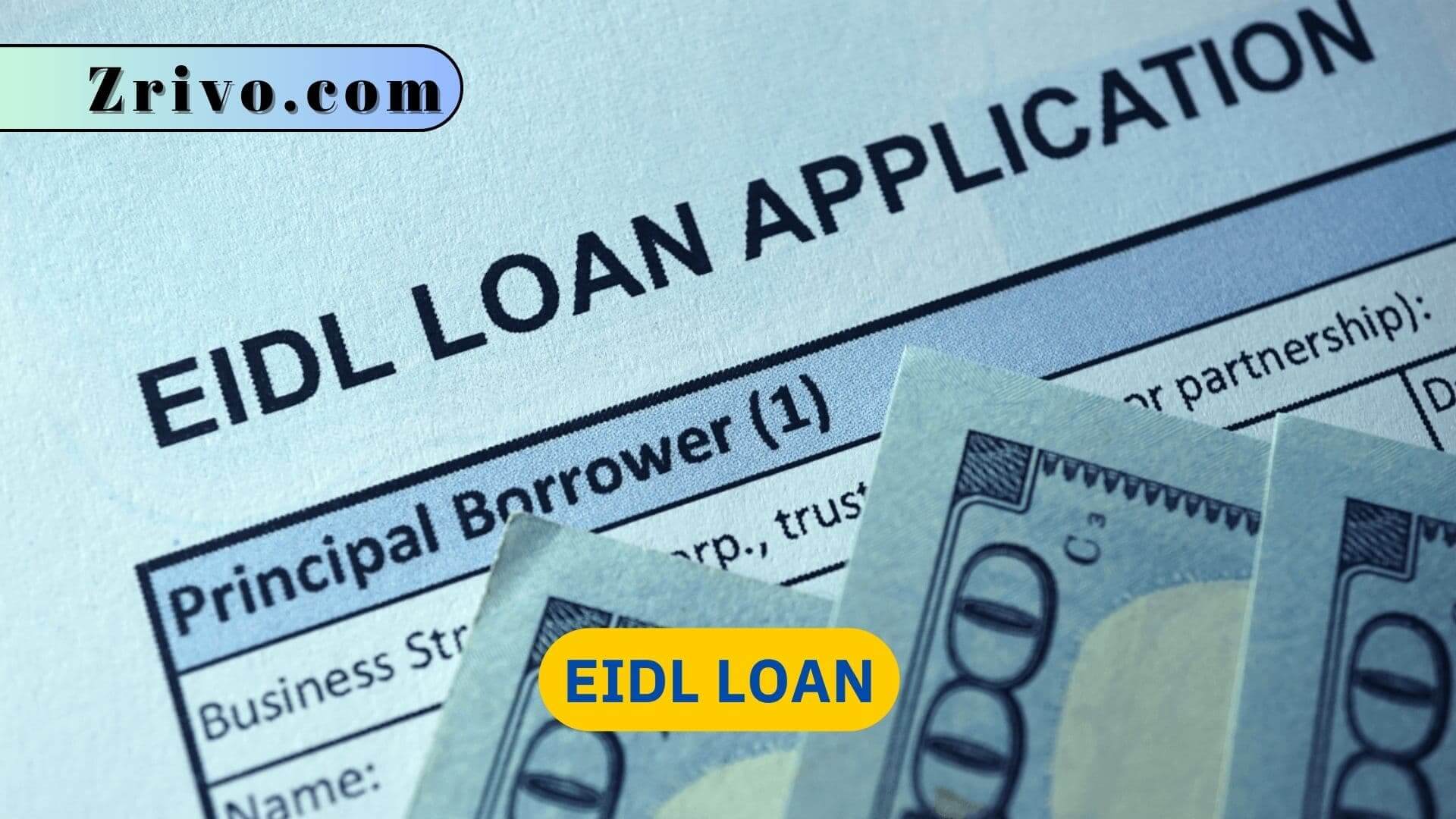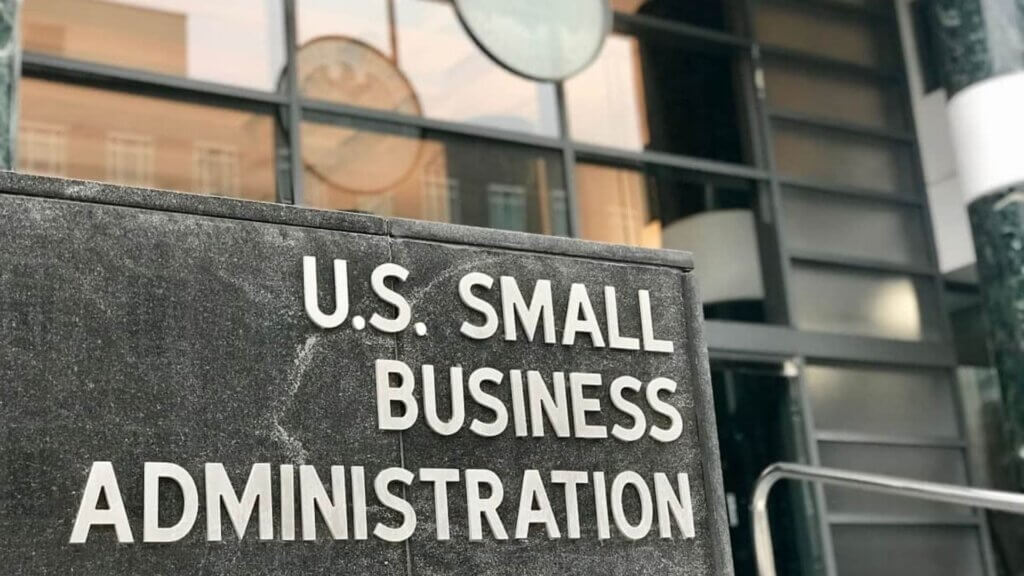
The EIDL loan is a working capital disaster relief loan that provides small businesses and most private non-profit organizations that have suffered financial losses due to the coronavirus pandemic. It can be used to cover expenses like rent, utilities, payroll, accounts payable, and fixed debt payments. It cannot be used to replace lost sales or pay for expansion. These loans have a deferment period of 24 months and can be assumed by new owners.
Under the CARES Act, the EIDL has been streamlined to make it easier for businesses to qualify and include an emergency $10,000 cash advance. The amount you can borrow depends on your business’s economic injury – not physical damage – and the SBA verifies this through a simple online application. You can also opt into the streamlined loan advance during your application, which acts as a grant and doesn’t need to be repaid. This will be included as part of your total loan amount.
How to Qualify EIDL Loans?
EIDL borrowers are assigned case managers who schedule future loan disbursements. Most borrowers are eligible for loan increases based on revenue data from previous tax returns. Those who have already received an EIDL advance of less than $10,000 do not need to reapply.
To apply for an EIDL loan, applicants must have a satisfactory credit history, be located in a disaster-impacted area, and show that they are unable to obtain other financing. Nav has an easy-to-use application process that can verify your eligibility and help you find the best loan terms. Getting started is free and only takes three minutes. It’s also fast — Nav usually provides a decision within days.

EIDL Loan Forgiveness
EIDL loans can be forgiven, but only if you meet certain criteria:
- You must have suffered financial losses due to the COVID-19 pandemic.
- You must have a satisfactory credit history.
- You must have a plan for your business’s recovery.
- You must apply for forgiveness through the SBA website.
EIDL loan funds cannot be used to repair or replace physical damage to your business. Instead, those expenses should be covered by commercial business insurance. Also, you cannot use the money to relocate your business.
If you’re having trouble making your EIDL loan payments, it’s important to speak with a financial advisor as soon as possible. They can help you find a solution that works for your situation. In addition, you can consider putting some of the available funds into a rainy-day contingency plan to help your business reach financial stability. However, you should consider filing for bankruptcy if you’re having serious financial difficulties.